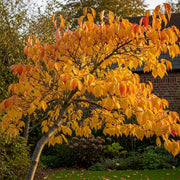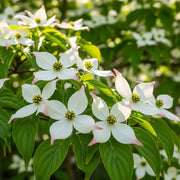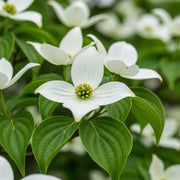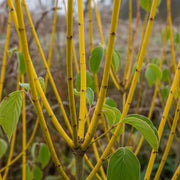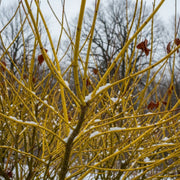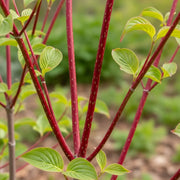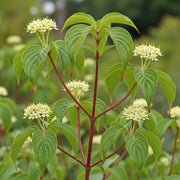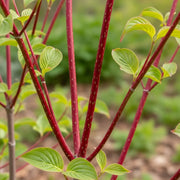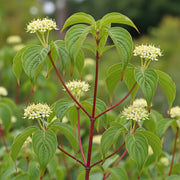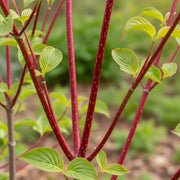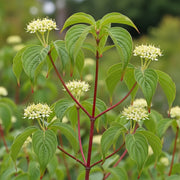Exquisite Dogwood Trees: Seasonal Splendour for British Gardens
Explore our exquisite collection of Dogwood trees, celebrated for their stunning spring blooms and fiery autumn colours. These versatile ornamental trees are a wonderful addition to any British garden, offering beauty across the seasons.
Explore our exquisite collection of Dogwood trees, celebrated for their stunning spring blooms and fiery autumn colours. These versatile ornamental trees are a wonderful addition to any British garden, offering beauty across the seasons.
Show More
















